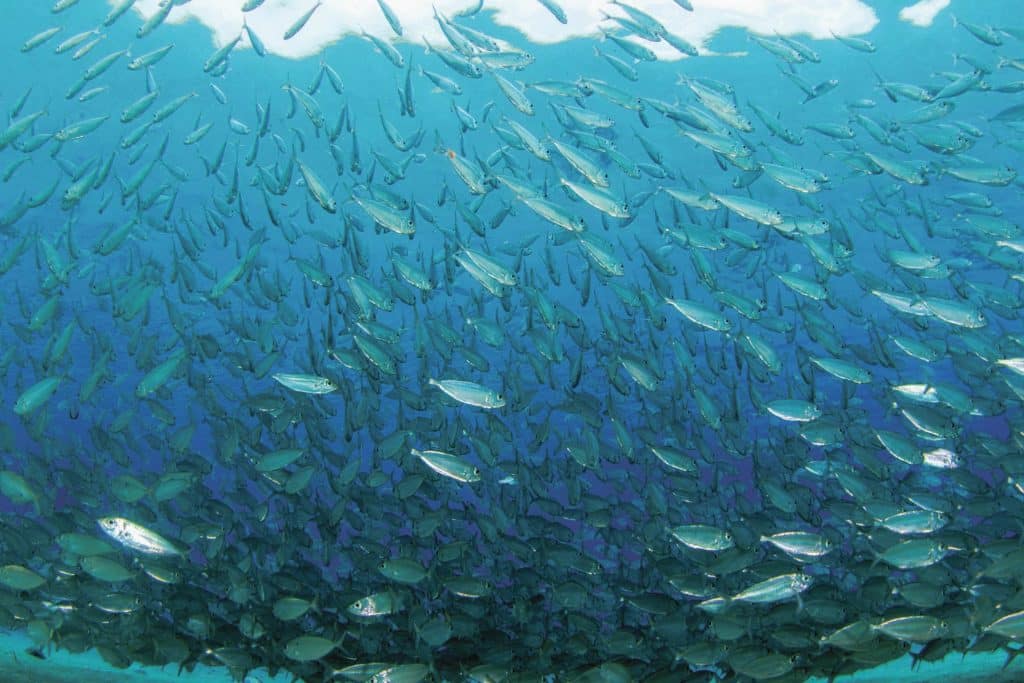
Whether you are after red snapper, cobia, king mackerel, tuna, dolphin or marlin, the right live bait is key to catching offshore fish consistently in Gulf of Mexico waters. When the spring migration begins, a supply of frisky pogies, hardtails and even spot croakers practically guarantees good action. Of course, the largest big-game species, like blue marlin, call for more substantial baits.
Easy to procure, lively and durable, hardtails (aka blue runners) are among the best baitfish you can use in the Gulf. They can be found around offshore oil and gas platforms, wrecks and reefs, and a wide range of target species, from wahoo, dorado and tuna, to marlin and sailfish, will jump all over them.
Bill Platt, a renowned Gulf of Mexico live-bait angler with over two dozen kingfish tournament wins to his credit, says he uses hardtails to catch big kings and ling (aka cobia) 99 percent of the time. “They are easy to catch, last a long time in the livewell, and are the perfect bait for a variety of offshore gamefish,” he explains.
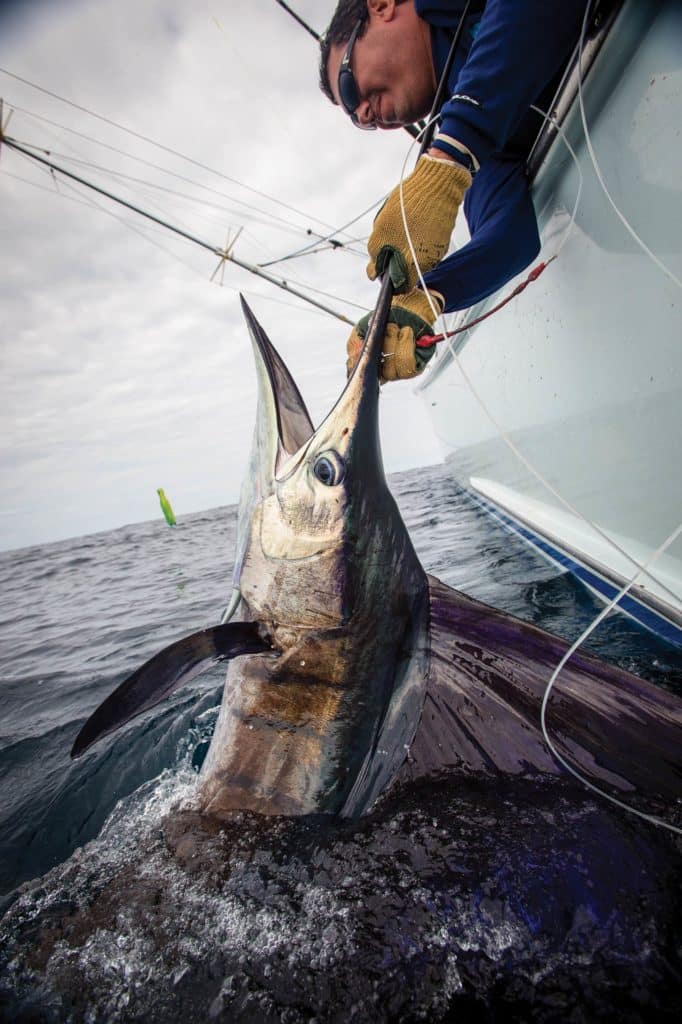
“We sometimes use bluefish that we catch along the surf by trolling silver spoons—about 8 to 10 feet deep—on planers,” Platt says, but he has caught over 50 kings exceeding the 50-pound mark, and most were caught on live hardtails. He adds that many cobia are caught on small, live blue crabs; however, his largest to date—a whopping 91-pounder—took a live hardtail.
Hardtails are usually caught on sabiki rigs. These multiple-hook setups enable you to catch several at a time. Teamwork, where one crewmember catches the hardtails and another unhooks them and puts them in a livewell, makes for a faster, mishap-free process.
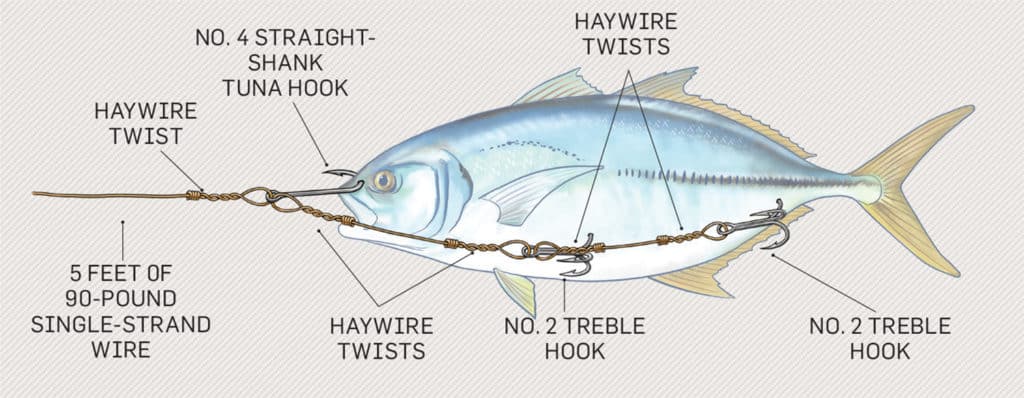
When fishing live baits, Platt, who fishes from a 39-foot Sea Hunter, sets up with a three-hook rig on 90-pound-test, single-strand wire. The front hook, which goes in the nose of the bait, is a Mustad No. 4 straight-shank tuna hook. The other two are No. 2 trebles that get inserted into the side of the hardtail or bluefish. The rods, seated with Accurate reels, are 6 ½ to 7 feet long, built to fish 30-pound-test line. The leader is connected to the running line with a 100-pound-test Spro swivel.
The baits can be suspended from a kite while fishing from an anchored boat or bump-trolled, shifting the motors on and off gear to get the boat going just fast enough to prevent tangles. Platt prefers the latter. “I bump-troll with two rods,” he says, “and maintain a speed of 2 to 3 knots to keep both baits from crossing and tangling, or coming back to the boat and getting caught in the props.”
Typically, trolling live baits along rips and weed lines yields great action with tuna, wahoo and dorado, but liveys can also be fished at all depths around oil rigs, wrecks and buoys. And hardtails, pogies and spot croakers aren’t the only options. “Big live shrimp will get the attention of ling and kings right away,” Platt says. “And I don’t leave the dock without a few dozen pinfish in the livewell. We have caught a lot of blackfin tuna, along with red snapper, fishing live pinfish on 5/0 circle hooks.”
Capt. Robert Jones, who fishes tournaments from one end of the Gulf to the other, says it’s not unusual to run 100-plus miles out to catch big tuna, dorado, wahoo and blue marlin in about 3,000 feet of water, using mostly live blue runners and blackfin tuna.
Speaking of blue marlin, Capt. Brian Phillips brought in a 720-pound blue that easily won the billfish tourney he and his crew were competing in out of Port O’Connor, Texas, a few years back. They were trolling live blackfins at 3.5 knots on 80-pound line and 300-pound leaders. “That was a big fish, but we’ve caught four or five that size or bigger,” Phillips claims.
Capt. Butch Fincher, who runs the 60-foot Hatteras Una Mas, has been fishing the Gulf since the ’80s. Nowadays he does a lot of deepwater trips for big fish. “That means running to deepwater structure from 95 to 190 miles offshore,” he says. “The trick is to fish one of the deepwater drilling platforms at night, under the lights, to load up on blackfin tuna. We keep them in tuna tubes and use them for marlin during the day.”
Fincher likes 20- to 30-pound blackfins. “Big baits equal big bites,” he claims. The tuna are bridled with a 16/0 circle hook on a 600-pound leader, and two baits are fished at a time on Shimano 80 reels with 80-pound line. “We’ll bump-troll the baits, one short and one long, off an outrigger,” he adds.
“We also fish for grouper in 200 to 400 feet with live pinfish,” Fincher says. “We’ll rig up with a 10-pound weight on the end of the leader, and three 16/0 hooks spaced above the weight. Grouper love pinfish, and most of the fish we catch are in the 50- to 100-pound class. One of the best tactics is to pull the weight along the bottom, and when you feel a tug, that’s usually a grouper bite.”
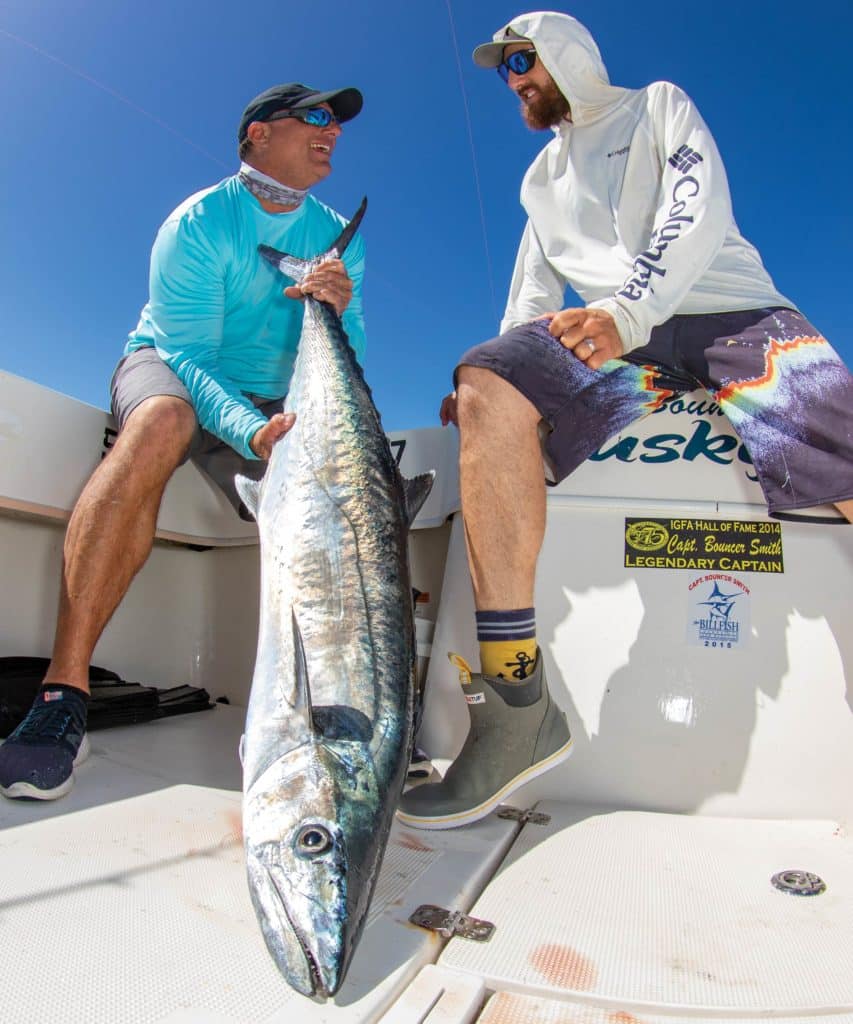
Port Mansfield, on the South Texas coast, has deepwater structure close to shore and offers some of the Gulf’s best red snapper fishing in state waters, out to 9 nautical miles. Capt. Chad Kinney, with Bamm Bamm Charters, says a short boat run is usually all it takes to catch snapper year-round, and during the spring and summer, he also targets kings, dorado, wahoo, blackfin tuna and ling in the 40-pound class on live baits around the rigs.
“The thing about ling is that you never know where they are going to show up,” he says. “We’ll chum them up close to the boat, then drop a bait about the same size as the chum. But don’t use too much chum, just enough to keep them near the boat. Then use live spot croakers or menhaden to get a hookup.”
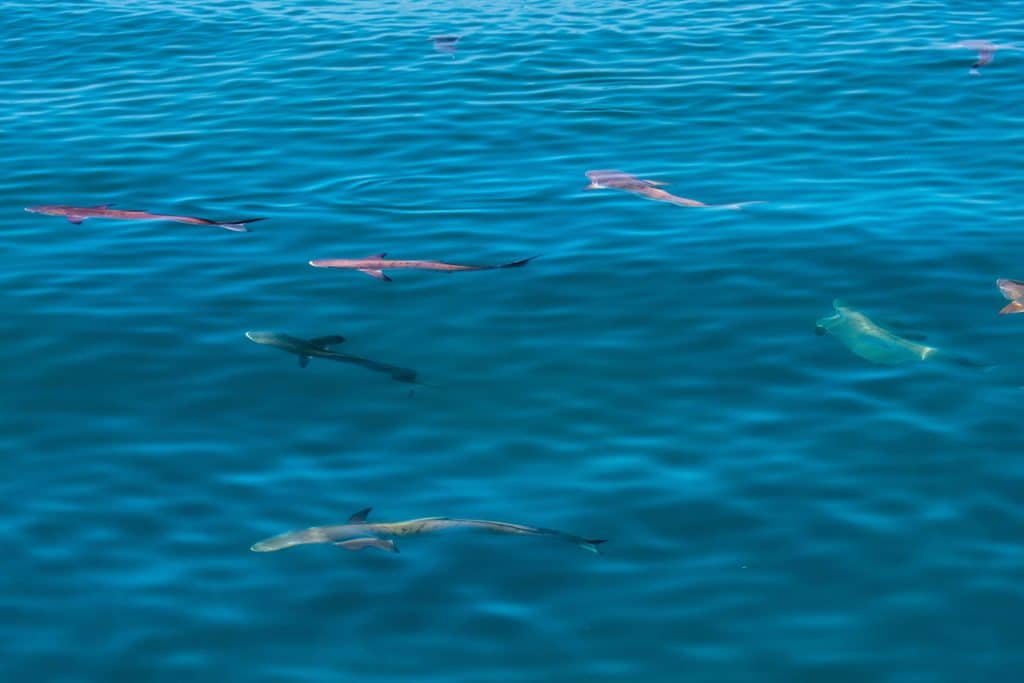
Kinney says that chumming is a good way to get fish such as ling and snapper to take a baited hook, and the real trick is to use fresh chum and live baits. He also uses liveys, primarily hardtails and croakers, to catch gag, scamp, warsaw and yellowedge groupers in 200 to 400 feet of water, anywhere from 20 to 50 miles out.
Planner
What: Fishing live baits for blue marlin, tuna, dorado, king mackerel, cobia, snapper and grouper
When: Spring and summer
Where: Gulf of Mexico offshore and nearshore waters
Who:
Anglers on boats seaworthy enough for offshore outings. These captains are expert live-baiters who can shorten your learning curve:
Capt. Michael Matthews – Port Aransas, Texas
Dolphin Dock Charters, 361-749-4188
Capt. Chad Kinney – Port Mansfield, Texas
Bamm Bamm Fishing Charters, 956-802-2269
Capt. Josh Bodenheimer – Venice, Louisiana
Intensity Offshore Outfitters, 504-235-5319
Top Gulf Forage Species
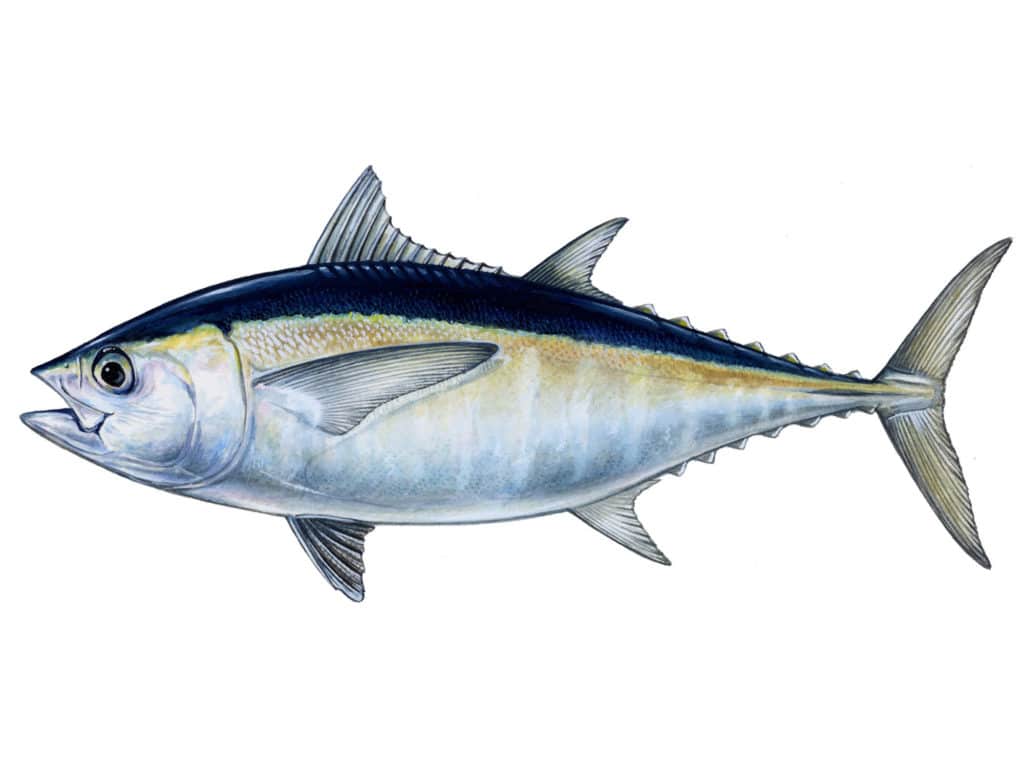
Marlin outings in the Gulf often begin with the crew trolling small feathers or spoons to catch blackfins for bait.
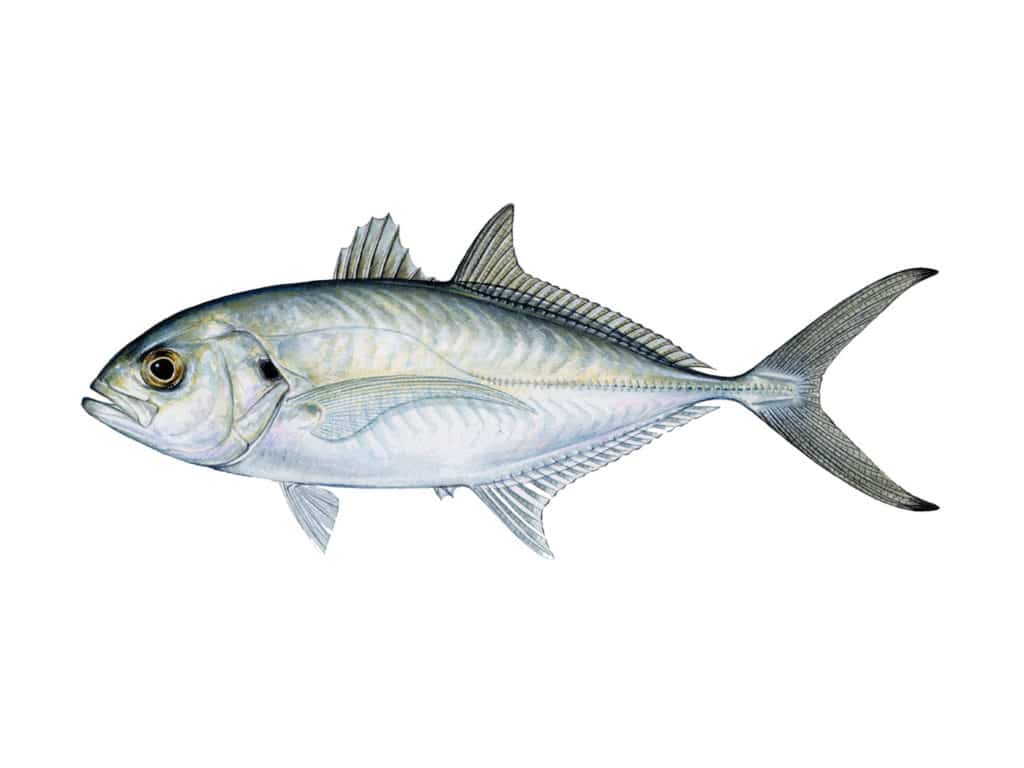
Hardtails aka blue runners, these strong, hardy baitfish are easy to catch with jigs and sabikis around oil rigs and wrecks.
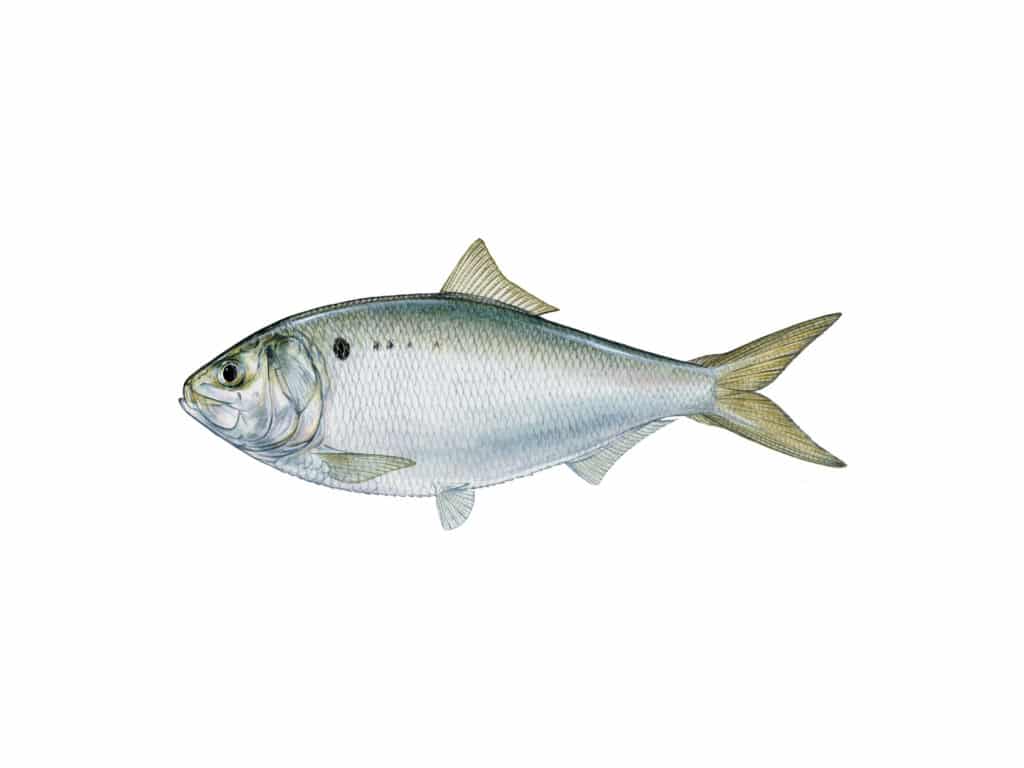
The regional name for menhaden, caught with cast nets or sabiki rigs near passes, bayous and points.
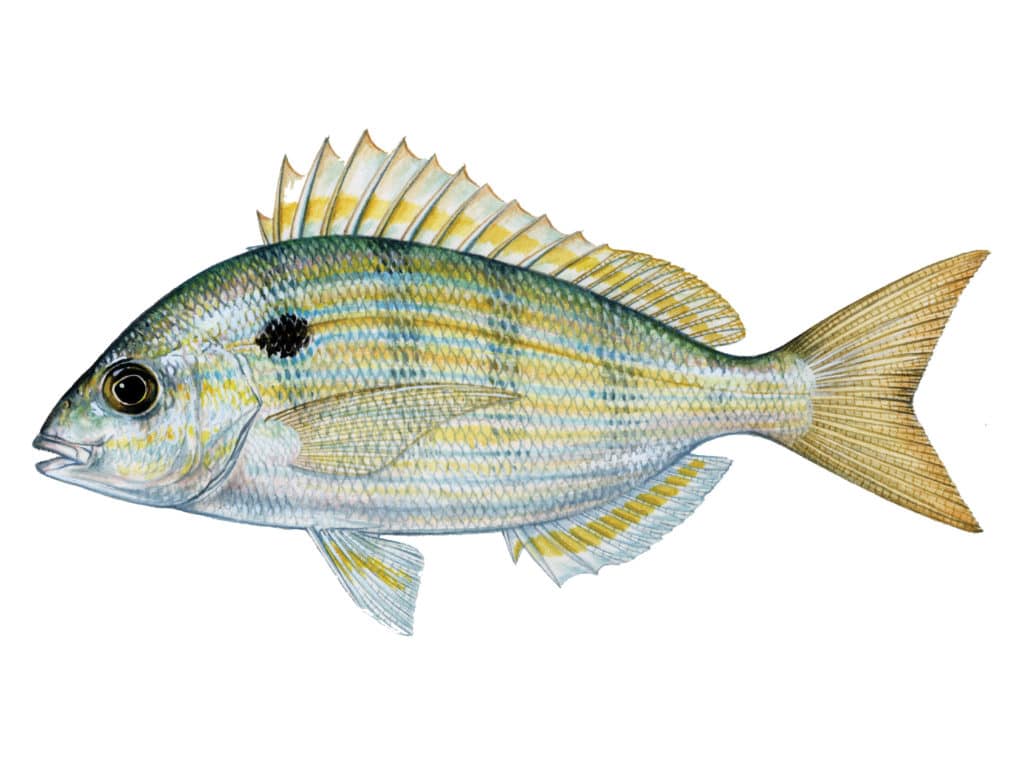
Chumming and fishing with small baited hooks in grassy areas puts plenty of pinfish in the livewell.
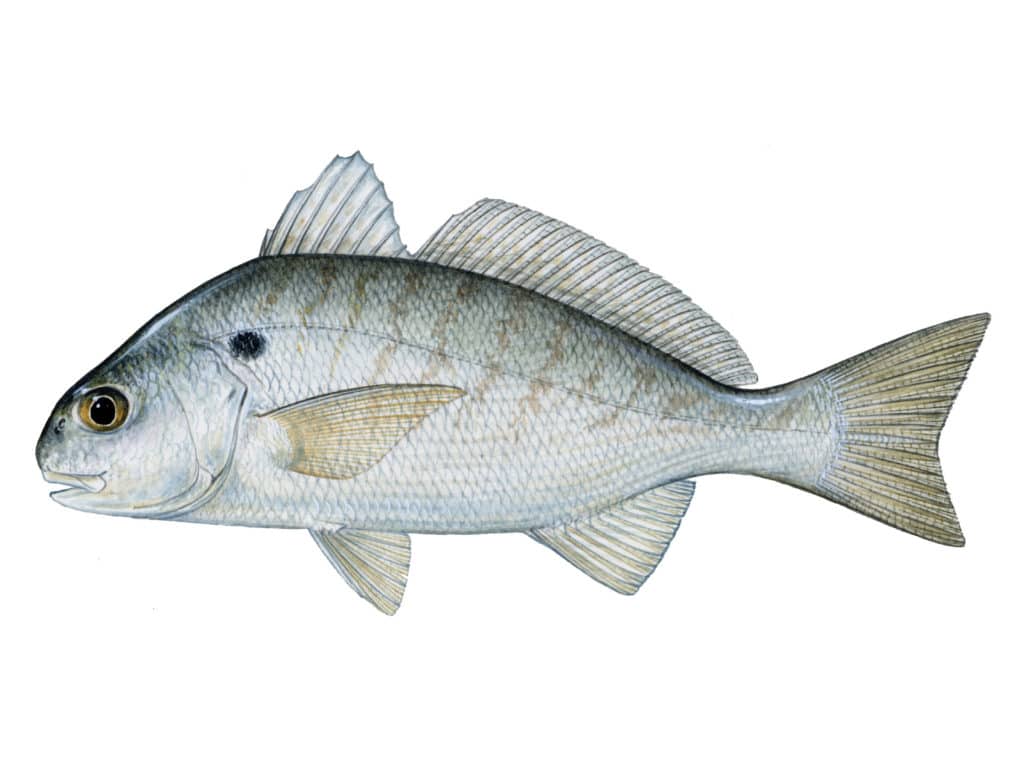
Spot congregate in estuaries, mostly on sandy or muddy bottom. Use a heavily weighted cast net for them.









